Screen Shot to Code-convert images to code
AI-powered image to code converter
Upload an image, I'll 'Make it Real!'
Related Tools
Load More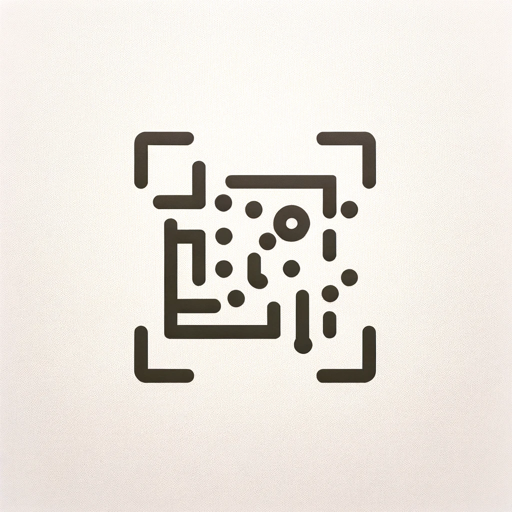
Image to Code GPT
Generates concise web code with placeholders for images in the design. Leave feedback: https://dlmdby03vet.typeform.com/to/VqWNt8Dh

Image to HTML, CSS, and JavaScript Code Generator
Converts images to HTML/CSS/JS, improves with feedback
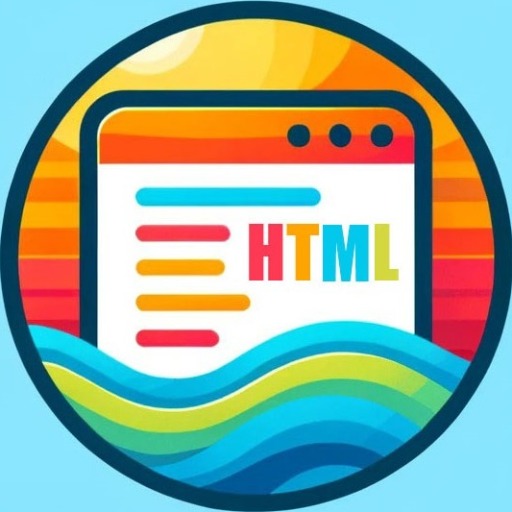
Screenshot to HTML
Upload a screenshot of a website and turn it into simple HTML, Tailwind, or JavaScript code.
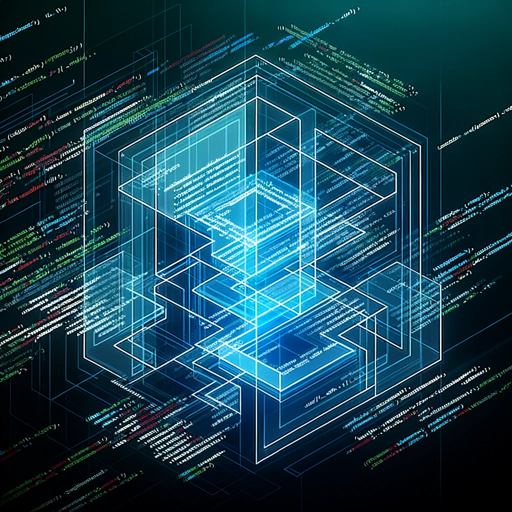
Screenshot to Code
Convert any web design screenshot to clean HTML/CSS code. Just upload an image and see the magic

UI to Code
Turn UI to HTML/CSS with Absolute Precision & Unsplash Placeholders

Screenshot to Text Converter
Extracts and provides formatted text from screenshots quickly.
20.0 / 5 (200 votes)
Introduction to Screen Shot to Code
Screen Shot to Code is a specialized service designed to transform static images, specifically those generated by DALL-E 3, into fully functional and interactive web prototypes. The core purpose of Screen Shot to Code is to bridge the gap between design and development by converting visual designs into responsive, high-fidelity HTML prototypes. These prototypes are built using modern web technologies such as HTML, Tailwind CSS, React, Vue, or Bootstrap. By providing a seamless workflow from design to code, Screen Shot to Code enables designers and developers to quickly iterate on web designs and bring concepts to life efficiently. For example, a designer might use DALL-E 3 to create a visual mockup of a landing page. Screen Shot to Code would then convert this mockup into a responsive HTML file, ready for further development or immediate deployment.

Main Functions of Screen Shot to Code
Image to HTML Conversion
Example
Transforming a DALL-E generated image of a website layout into a responsive HTML prototype.
Scenario
A designer creates a website mockup using DALL-E 3. Screen Shot to Code converts this mockup into a fully functional HTML file, enabling developers to see a working prototype and make necessary adjustments.
Responsive Design Implementation
Example
Applying Tailwind CSS to ensure the resulting website works well on different screen sizes.
Scenario
After converting a design into HTML, Screen Shot to Code ensures that the website looks great on mobile devices, tablets, and desktops by implementing responsive design principles using Tailwind CSS.
Integration with Modern Frameworks
Example
Using React or Vue to build interactive components within the prototype.
Scenario
For more dynamic applications, Screen Shot to Code integrates React or Vue to add interactive elements such as sliders, forms, or modal dialogs, providing a richer user experience.
Ideal Users of Screen Shot to Code
Web Designers
Web designers benefit from Screen Shot to Code by being able to quickly convert their static designs into interactive prototypes. This allows for faster iteration and testing of design concepts without needing extensive coding skills.
Front-End Developers
Front-end developers use Screen Shot to Code to jumpstart their projects with pre-built prototypes based on design mockups. This service helps them focus on refining functionality and adding custom features, saving time on initial setup.

How to Use Screen Shot to Code
Step 1
Visit aichatonline.org for a free trial without login, also no need for ChatGPT Plus.
Step 2
Upload your image or screenshot that you want to convert into code.
Step 3
Choose the preferred framework or technology (e.g., HTML/Tailwind CSS, React, Vue, Bootstrap) for the generated code.
Step 4
Review the generated code snippet and make any necessary adjustments or customizations.
Step 5
Download the final code and integrate it into your project for further development.
Try other advanced and practical GPTs
GPT Builder 助手
AI-powered API documentation made easy
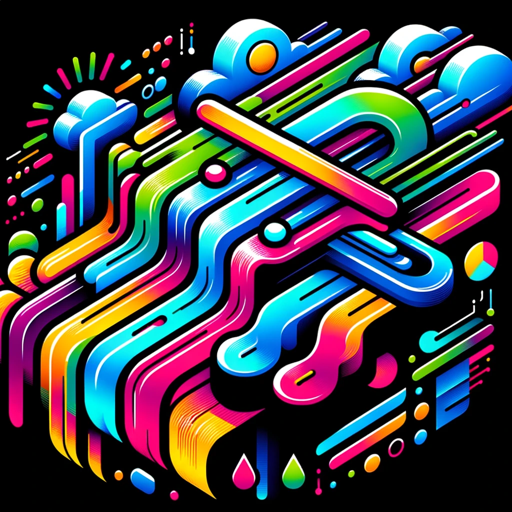
SEO GPT by Writesonic
AI-Powered SEO Optimization for Everyone

OCaml Genie
AI-powered OCaml programming assistance.
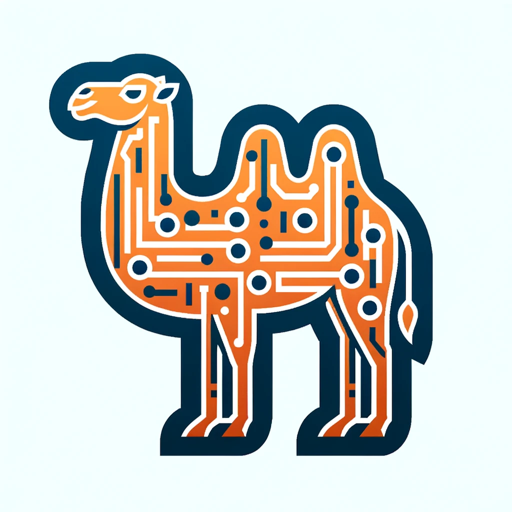
英会話コーチ
AI-powered tool for improving English conversation skills.

Page Conversion Advisor
Boost Your Web Conversions with AI

Plant ID
AI-powered plant identification and uses

AI Albert
Your AI-powered companion for deep learning

Agent Agreement Legal Expert
AI-powered agent agreement assistant

Digital Models
AI-powered lifelike digital models.

FM 24 Assistant
AI-Powered Support for FM 2024 Players
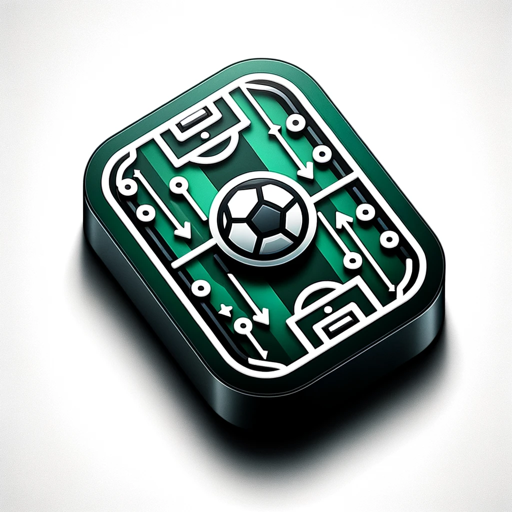
Video Tutor✏️🌐🎓
AI-powered video summarization and insights

Artificial OnlyFans
AI-Powered Flirtation and Fun

- Web Development
- Prototyping
- UI Design
- Wireframing
- Mobile App
Q&A About Screen Shot to Code
What types of images can be converted to code?
You can convert various types of images including website designs, mobile app screens, wireframes, and UI mockups.
Which coding frameworks are supported?
The tool supports HTML/Tailwind CSS, React, Vue, and Bootstrap for generating code.
Do I need to be an expert in coding to use this tool?
No, the tool is designed to be user-friendly for both beginners and experts, providing easy-to-understand code that can be adjusted as needed.
Can I customize the generated code?
Yes, you can review and make any necessary adjustments to the code before downloading it for your project.
Is there any cost associated with using Screen Shot to Code?
You can access a free trial without login or a need for ChatGPT Plus. Further use may require a subscription or one-time purchase, depending on the service plan.